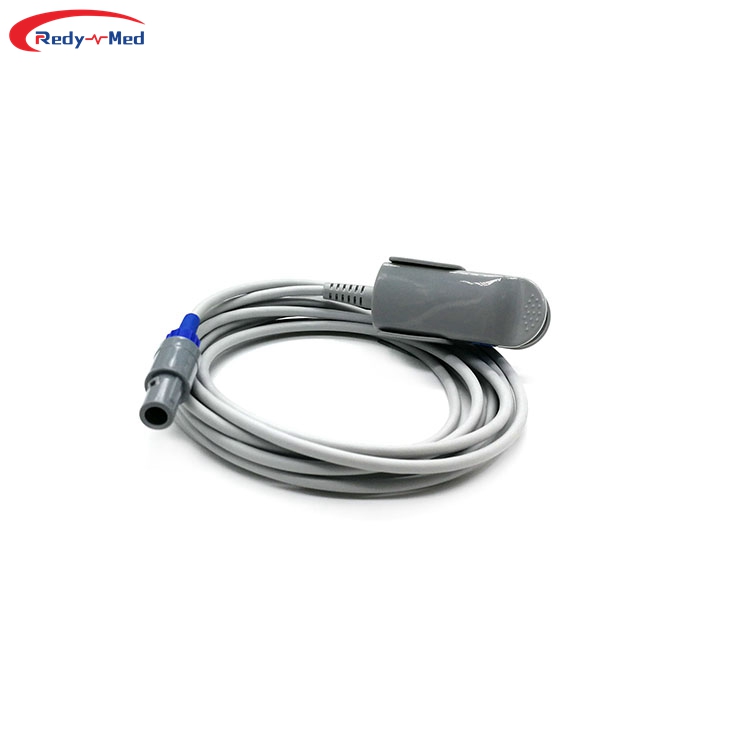
Interpretation of data indicators and result analysis of disposable blood oxygen sensor
2024-03-21 00:04:21
Diving Deeper into Data Insights: Interpretation of Indicators and Analysis of Results

In the field of medical diagnostics, the development of disposable blood oxygen sensors has revolutionized patient care and monitoring. These sensors provide valuable data indicators that help healthcare professionals interpret vital signs and analyze the results. In this article, we will explore the interpretation of data indicators and the analysis of results obtained from disposable blood oxygen sensors.
1. Understanding Data Indicators
Data indicators obtained through disposable blood oxygen sensors play a crucial role in assessing a patient's oxygen saturation levels and overall health. One such indicator is SpO2, which stands for peripheral capillary oxygen saturation. SpO2 is a measure of the percentage of oxygen-saturated hemoglobin in the blood. It is represented as a percentage, with a healthy range typically falling between 95% and 100%. Lower SpO2 levels may indicate respiratory issues, while higher levels may suggest environmental factors or complications in blood circulation.
Another important data indicator is the pulse rate, which measures the number of heartbeats per minute. This indicator helps healthcare professionals evaluate the heart's efficiency in delivering oxygen to the body. Abnormal pulse rates may suggest heart conditions or stress on the cardiovascular system.
2. Result Analysis: Decoding Patient Health
Once the data indicators from the disposable blood oxygen sensor are obtained, a comprehensive analysis of the results is essential to gain meaningful insights into the patient's health. By combining multiple data points, healthcare professionals can draw conclusions about oxygen levels, breathing irregularities, and overall cardiovascular wellness.
Comparing the SpO2 levels and pulse rates can provide valuable information. For example, a low SpO2 level combined with a high pulse rate may indicate respiratory distress or an underlying condition such as asthma or chronic obstructive pulmonary disease (COPD). Conversely, a high SpO2 level coupled with an irregular pulse rate might signal a potential cardiac issue that requires further investigation.
Additionally, data trends over time can help monitor the effectiveness of treatment plans. Tracking changes in SpO2 levels and pulse rates can assist healthcare professionals in evaluating the impact of medication, therapy, or lifestyle modifications on a patient's well-being.
3. Utilizing Data Indicators for Early Detection and Intervention
The interpretation of data indicators and the resulting analysis from disposable blood oxygen sensors contribute to early detection and effective intervention. By identifying deviations from the normal range of data indicators, healthcare professionals can proactively address potential health issues before they escalate.
Regular data analysis combined with a holistic understanding of the patient's medical history provides a comprehensive picture of their overall health. This information empowers healthcare professionals to make informed decisions concerning diagnosis, treatment, and ongoing care.
In conclusion, the interpretation of data indicators and the analysis of results obtained from disposable blood oxygen sensors form a crucial part of modern medical diagnostics. Understanding these indicators and their significance allows healthcare professionals to assess patient health, detect potential issues, and provide timely interventions. Through continued advancements in technology and data analysis techniques, disposable blood oxygen sensors continue to enhance patient care.
Get the latest price? We'll respond as soon as possible(within 12 hours)




